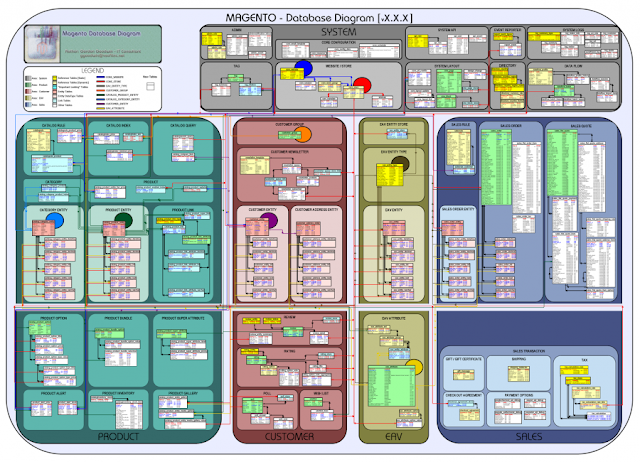Before starting the post,i would like to explain about sticky session,
What is Session Affinity (Sticky Sessions)?
When you only have one application server talking to your clients life is easy:
all the session contexts can be stored in that application server’s memory for fast retrieval. But in the world of highly available and scalable applications there’s likely to be more than one application server fulfilling requests, behind a load balancer. The load balancer routes the first request to an application server, who stores the session context in its own memory and gives the client back a cookie. The next request from the same client will contain the cookie – and, if the same application server gets the request again, the application will rediscover the session context. But what happens if that client’s next request instead gets routed to a different application server? That application server will not have the session context in its memory – even though the request contains the cookie, the application can’t discover the context.
If you’re willing to modify your application you can overcome this problem. You can store the session context in a shared location, visible to all application servers: the database or memcached, for example. All application servers will then be able to lookup the cookie in the central, shared location and discover the context. Until now, this was the approach you needed to take in order to retain the session context behind an Elastic Load Balancer.
But not all applications can be modified in this way. And not all developers want to modify existing applications. Instead of modifying the application, you need the load balancer to route the same client to the same application server. Once the client’s request has been routed to the correct application server, that application server can lookup the session cookie in its own memory and recover the conversational context.
That’s what sticky sessions are:
the load balancer routing the same client to the same application server. And that’s why they’re so important: If the load balancer supports sticky sessions then you don’t need to modify your application to remember client session context.
"How to Use ELB with Sticky Sessions with Existing Applications
The key to managing ELB sticky sessions is the duration of the stickiness: how long the client should consistently be routed to the same back-end instance. Too short, and the session context will be lost, forcing the client to login again. Too long, and the load balancer will not be able to distribute requests equally across the application servers.



Elastic Load Balancing with Sticky Sessions
Posted by
rajthegr8
at
8:37 PM
Thursday, August 23, 2012
How to get all associated products to a configurable product in Magento
Posted by
rajthegr8
at
11:28 AM
Saturday, August 18, 2012
Configurable product is the product which is created by some Associated product, If you have an configurable product and you want to get list of all associated product and it's attribute then, follow the below code:You must have your configurable product Id, My configurable product Id is 10
$proId=10; //Use your Configurable product Id $_product = new Mage_Catalog_Model_Product();
How to change Admin URL Path?
Posted by
rajthegr8
at
11:07 AM
I will show you, how you can change the admin url. Let’s say from ‘admin‘ to ‘administrater‘. So, the new admin URL will be http://www.magento.com/administrater/
Here is how we do it:-
Here is how we do it:-
Subscribe to:
Posts (Atom)
Blog Archive
Popular Posts
-
You can select,insert,update and delete data in the Magento wby using their models concept. For example,a table named ‘testdata‘ with the fo...
-
This article will explain how to create an extension to send all the emails through gmail or other servers.I have created an module to set u...
-
This is an article to show you ,how you can set MySql Master-slave replication in magento for scalability ,handle failover and performance. ...
-
Breadcrumb is necessary for making website pages user navigation friendly. It can be printed out in any of the php or phtml pages by below c...
-
This blog will show you how to get all items in a shopping cart and totals in a magento store : $items = Mage::getSingleton('checkout/...



 Share this on Facebook
Share this on Facebook Tweet this
Tweet this